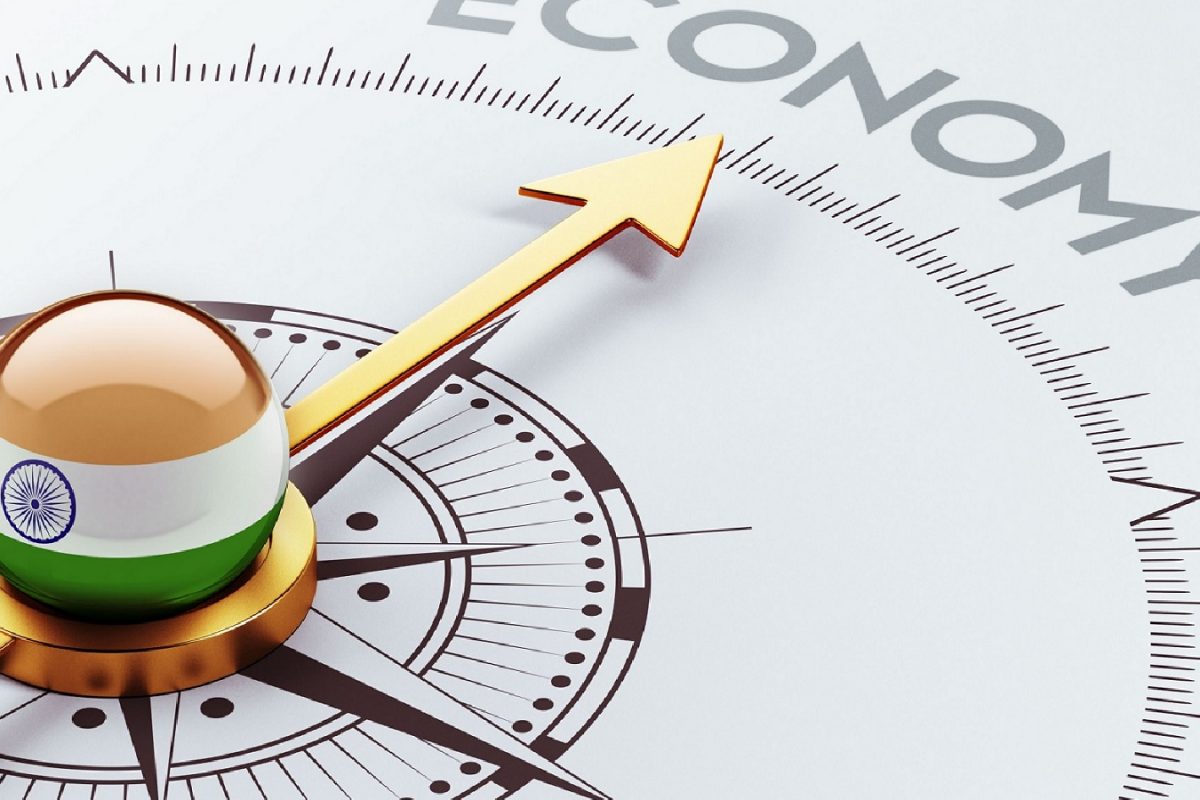

The Indian economy is projected to grow at a robust 6.5% in the fiscal year 2026, according to various sources including the Confederation of Indian Industry (CII). This projection comes amidst a complex global landscape, with both supportive domestic factors and potential external headwinds influencing the growth trajectory.
Several factors contribute to this positive outlook. CII President Sanjiv Puri highlighted that India's economy demonstrates resilience to overcome short-term geopolitical impacts, supported by a robust economic foundation. Private investment is also picking up across sectors like energy, transportation, metals, chemicals, and hospitality. Easing interest rates and benign inflation are also creating a conducive environment for economic expansion. Furthermore, a normal monsoon is expected to boost agricultural incomes, supporting consumption. The reduction in the benchmark repo rate has translated to lower EMIs for consumers, enhancing affordability for two-wheelers. Consistent infrastructure improvement by the government is also expected to vitalize the economy and improve the quality of life in the mid- and long-term.
However, there are also downside risks to consider. S&P Global Ratings, while projecting a 6.5% growth for FY27, has lowered India's FY26 GDP forecast to 6.3% due to uncertainty surrounding US tariff policies and their potential spillover effects. Crisil also cautioned that US tariff hikes remain a significant downside risk to the forecast. A global slowdown, declining crude oil prices, and a glut in global production capacities could also pose challenges. Reduced exports due to rising global tariffs and weakening demand may also impact overall GDP growth.
To mitigate these risks and sustain growth, experts recommend several strategies. EY suggests that India consider anti-dumping measures to counter the risk of oversupply from countries with excess production. They also suggest reworking its crude oil sourcing strategy, such as increasing imports from the US, which could help improve the trade balance and soften the impact of recent tariff hikes. Deepening economic ties with the UK, EU, and other key regional players is also crucial. Continued reforms in land and labour laws, increased investment in education and skills, and a focus on emerging technologies like AI and generative AI are also vital for long-term growth.
Other organizations have offered slightly different projections. The World Bank trimmed India's FY26 growth forecast to 6.3% amid uncertainty. Fitch Ratings cut India's growth estimates to 6.4% amid the ongoing global trade war. Despite these variations, the consensus remains that India is on a positive growth trajectory.
In conclusion, while the Indian economy is expected to grow at a healthy 6.5% in FY26, it is crucial to remain vigilant about potential risks and implement appropriate policy measures to ensure sustained and inclusive growth.